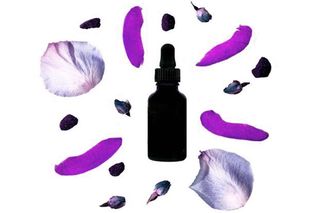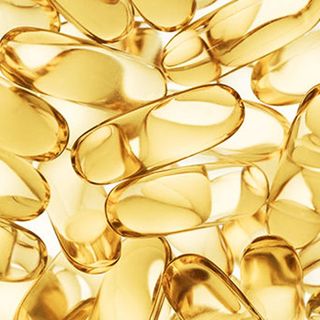
Facial Serums Work Well Because Their Star Ingredients Are Highly Concentrated
Unlike thicker creams and oils, serums consist of smaller molecules that can more easily penetrate and heal skin.

The modern-day dresser, or even the skin-care fridge, is no stranger to facial serums — a holy grail, life-changing product for many loyal users. Applying a few drops of this cosmetic marvel upon one’s face is said to be almost as if an imaginary wand waved away spots and supplied blood-sacrifice-level youthful skin in a mere few days.
However, serums still tend to be a little inaccessible to individuals new to skin care, even though they’re extremely popular. This is because they are expensive, potent chemicals with extremely confusing names — think niacinamide, ascorbic acid, copper peptides. An awareness of what one is buying, whether one is buying what helps, and if one is making a good investment, is necessary when it comes to buying serums, in order to protect one’s skin and bank account. Doing one’s research is a must before trusting new formulations marketed as ‘holy grails’ — especially by the cosmetics industry — long known for being all fluff, no substance at best and sketchy at worst.
What are serums?
Serums are water- or oil-based liquids with a light gel/moisturizing consistency. They are made up of molecules smaller than those in other skin-care products applied topically, which helps serums penetrate into the skin’s layers to deliver their active ingredients (compounds that have a direct healing effect on the skin). This means serums can be powerful agents to help deal with wrinkles and spots, stimulate collagen production and nourish the skin. Water-based serums are applied before putting on facial creams, as they have the smallest molecules, while oil-based serums with slightly larger molecules are applied after skin creams; as they rest on the skin rather than being absorbed by it, holding in moisture and the products applied before it.
Related on The Swaddle:
More Evidence Your Beauty Products Are Trying to Kill You
What is the most important ingredient in a serum?
A serum is always as effective as its active ingredient — and especially the concentration of the active ingredient. For example, the active ingredient Vitamin C (also known as ascorbic acid) is a powerful antioxidant capable of cellular repair, reducing spots and healing skin overall, while the active ingredient hyaluronic acid hydrates the skin and provides suppleness. Since active ingredients target specific skin issues only (like dullness, spots or aging signs), it also helps to know one’s problems (or visit a dermatologist), do one’s research and then pick out a serum with an active ingredient that’ll help with fixing said problems.
Why are serums expensive?
Serums are only as good as the active ingredient and they’re expensive becauseof the high concentration of active ingredients in a bottle. However, serums that are expensive to the point of luxury tend to be so due to their attractive packaging, marketing and the prestige of the brand.
Luckily, affordable serums do exist — with no-frills packaging and a small ingredient list, mainly containing the active ingredient and nothing more. Expensive serums do not work ‘better’ — an individual who buys an economically priced niacinamide (Vitamin B3) serum versus an individual who buys a premium tier niacinamide serum will still be using the same active ingredient. It always helps to check the concentration of the active ingredient one wants, and choose the product with the highest concentration.
Serums might also feel expensive because they come in smaller bottles, but one doesn’t need to apply a large amount in order for them to work. A pea-sized drop is all that’s required — especially with high concentration serums, as applying more than the necessary amount of product can irritate the skin.
What else should one know before buying serums?
An important thing to note with serums is that they expire quickly, especially when they come in contact with air and other compounds. Thus, while choosing a particular brand, remember it’ll probably only last up to six months, and to store the product in a cool, dry area. Serums are also meant to be absorbed into skin — which means one must apply the water-based ones before applying creams and oils, as the latter are ingredients with thicker molecules that form a barrier upon the skin to hold moisture in.
Finally, the active ingredients in serums are those that are naturally present in human skin. An extra dose of these ingredients applied topically merely provides a boost to the skin’s healing process. One can procure their dose of active ingredients via healthy, balanced diets and exercise, too, though at a much lower concentration than that found in serums. A few good rules are not to use excessive amounts of serum on young skin, as it doesn’t need too much, and to always do a patch test before investing in a serum, to check for allergies.
Aditi Murti is a culture writer at The Swaddle. Previously, she worked as a freelance journalist focused on gender and cities. Find her on social media @aditimurti.
Related


Untrending: Are Omega‑3 Supplements Good for You? Yes, Actually.
